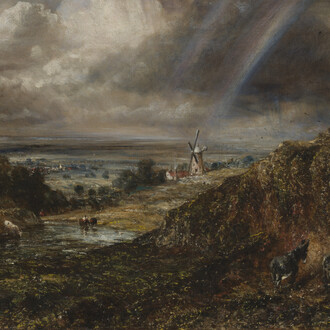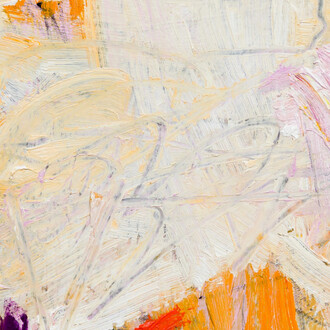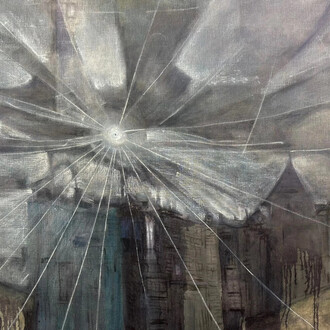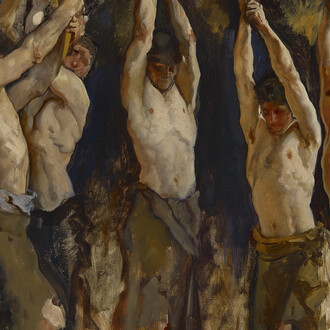Henry Bradford Washburn, Jr. (June 7, 1910 – January 10, 2007) was an American explorer, mountaineer, photographer and cartographer. He started climbing at the age of sixteen, discovering photography at the same time.
Washburn travelled the world for eight decades, documenting landscapes from the Grand Canyon to the Alps, from Mount McKinley to the Matterhorn. Ansel Adams called Washburn a “roving genius of mind and mountains.” He pioneered photographic techniques that captured some of the most remote and inaccessible locations on earth.
It is Washburn’s dual preoccupation with photography and exploration that sets his work apart from numerous other landscape photographers. His images are imbued with the gritty excitement and dizzying heights that is the domain of the explorer. His early photographs were intended as topographical information to assist in the planning of his explorations however they soon moved beyond their utilitarian origins. His large-format monochrome prints are masterpieces of composition and photographic detail. Outwith of the context of their creation they stand alone as artistic monuments in their own right.
During his career, Washburn achieved many awards, including nine honorary doctorates, in 1980 the Alexander Graham Bell Medal from the National Geographic Society, the Centennial Award also of the National Geographic Society and the King Albert Medal of Merit. He was also Founding Director of Boston’s Museum of Science and served as director for forty years.
The Michael Hoppen Gallery is delighted to be showcasing a large body of Bradford Washburn’s lifetime works. Accompanied by a collection of notebooks and diaries pertaining to his career we hope to pay homage to Washburn both as mountaineer and as artist.
















